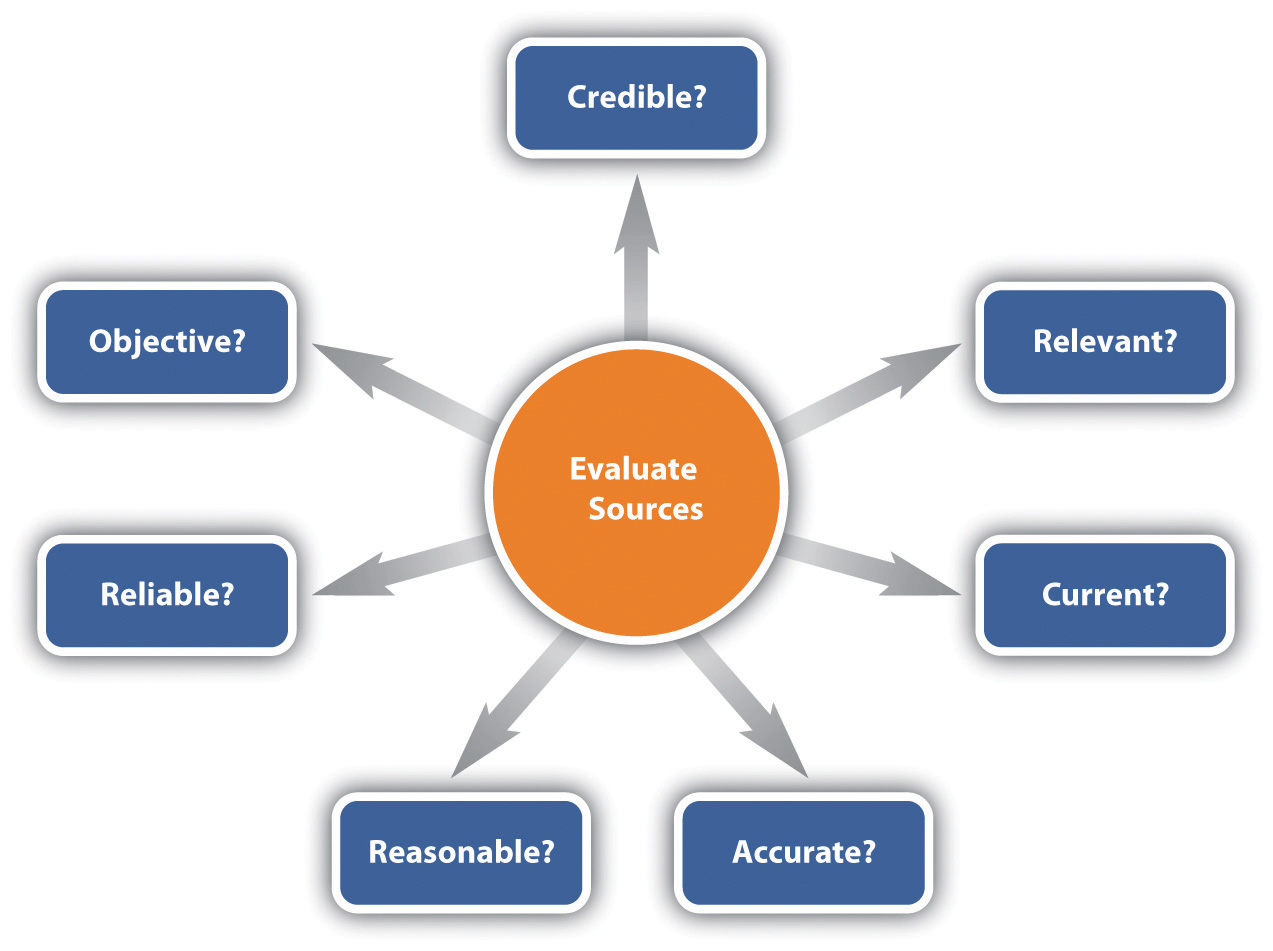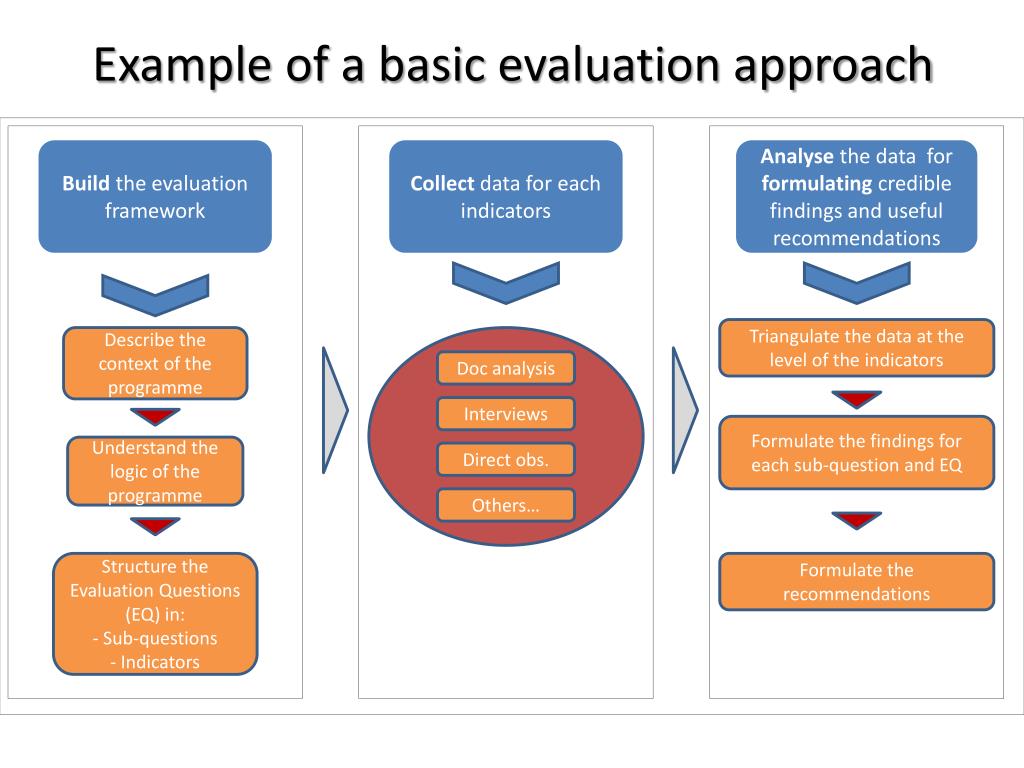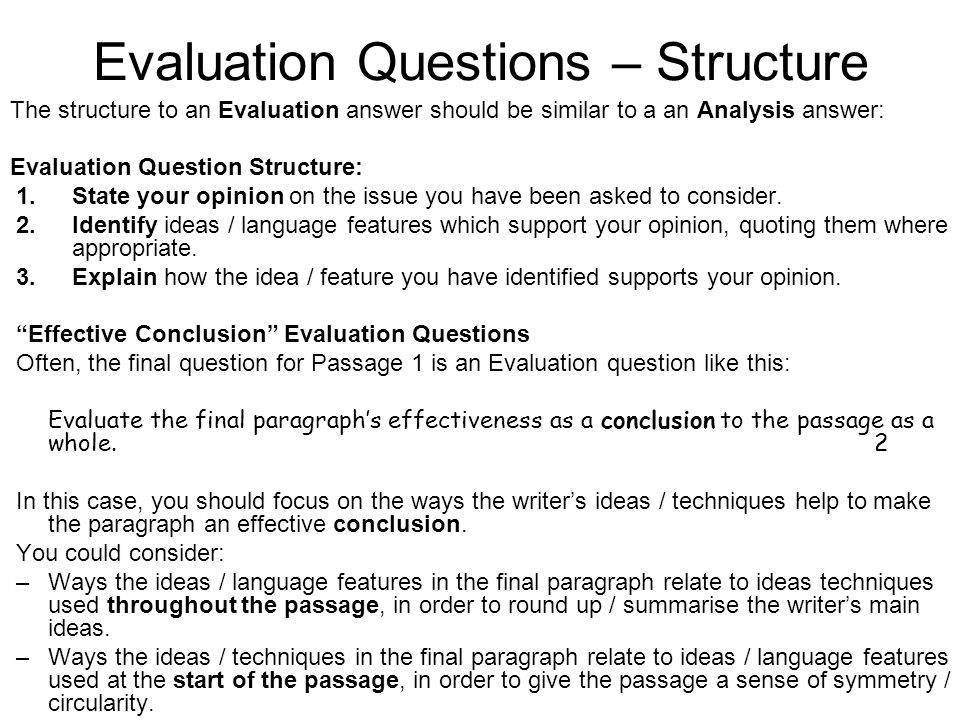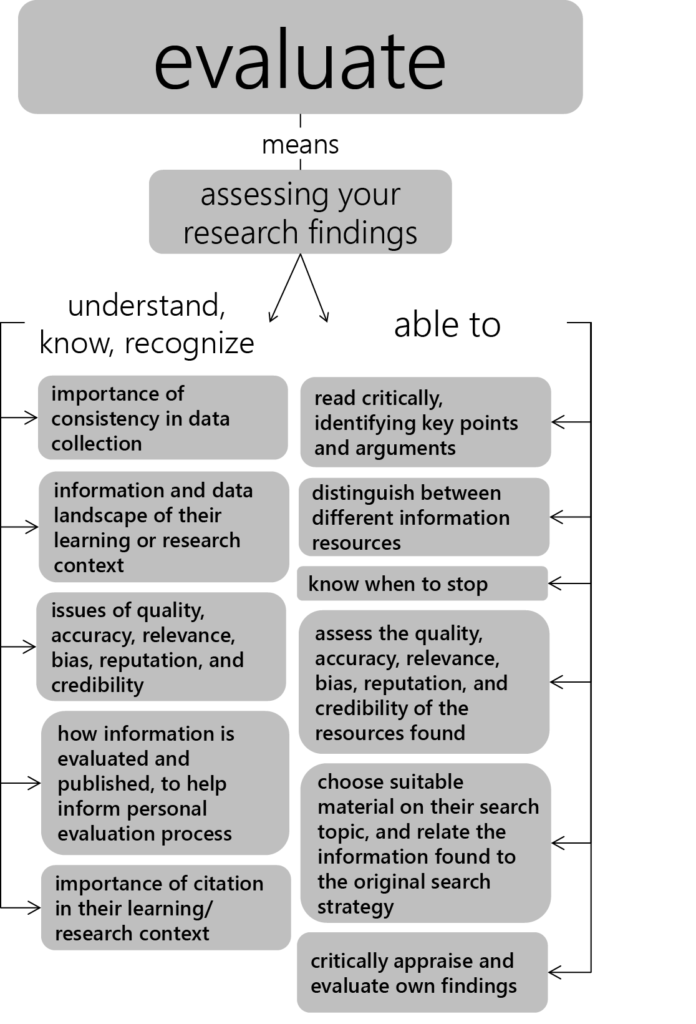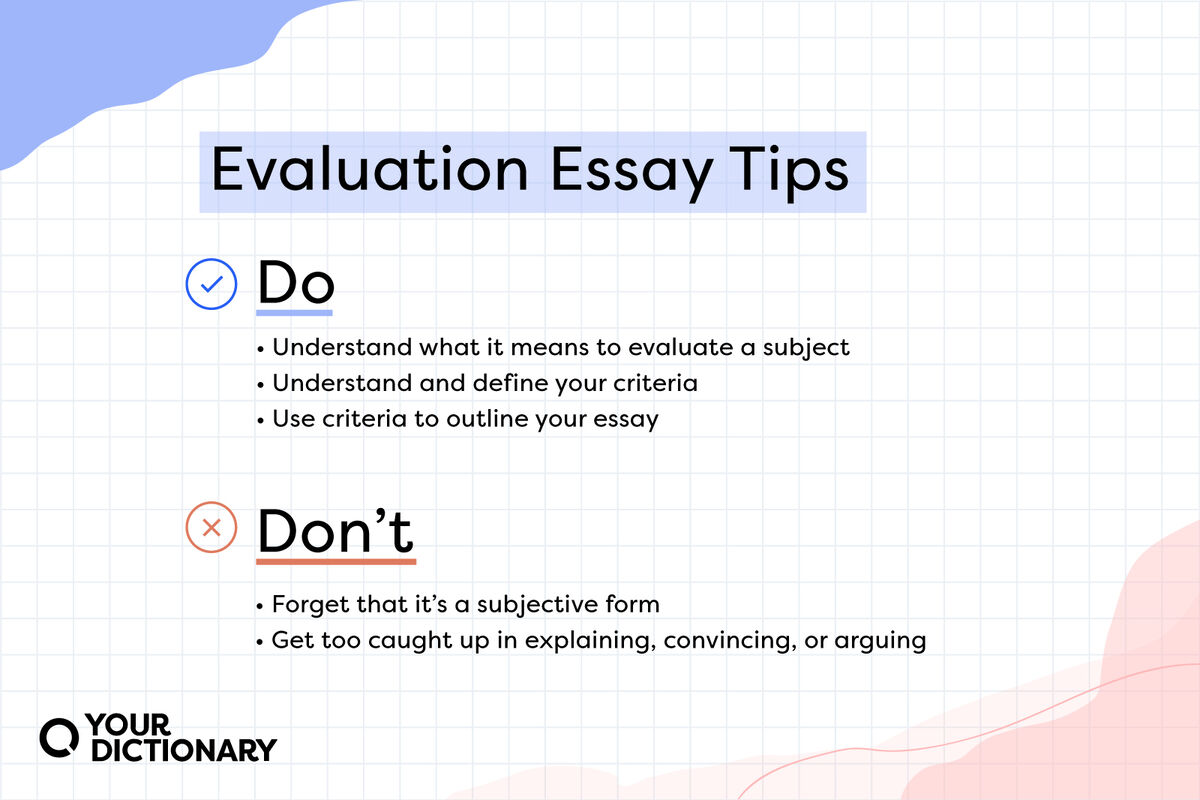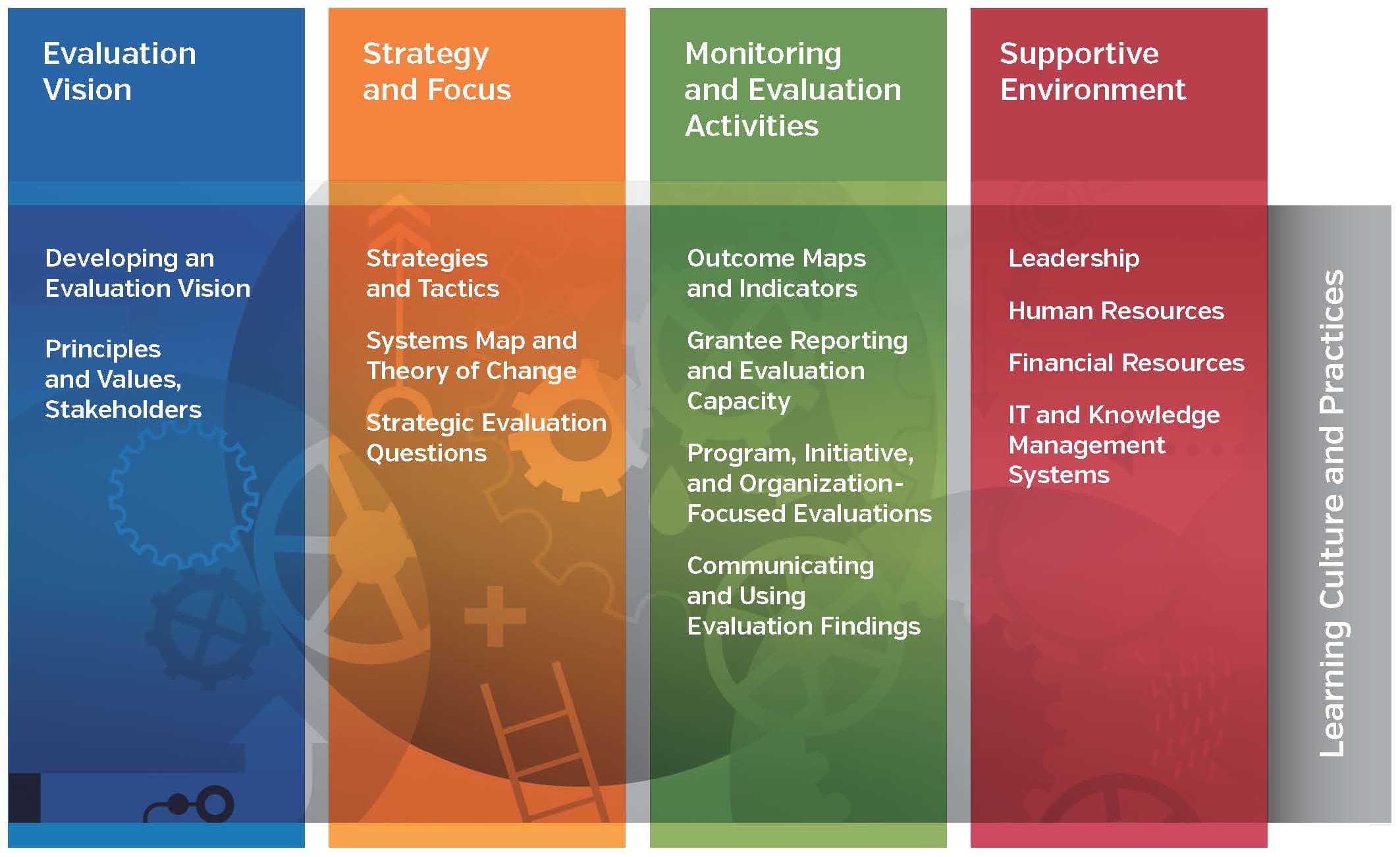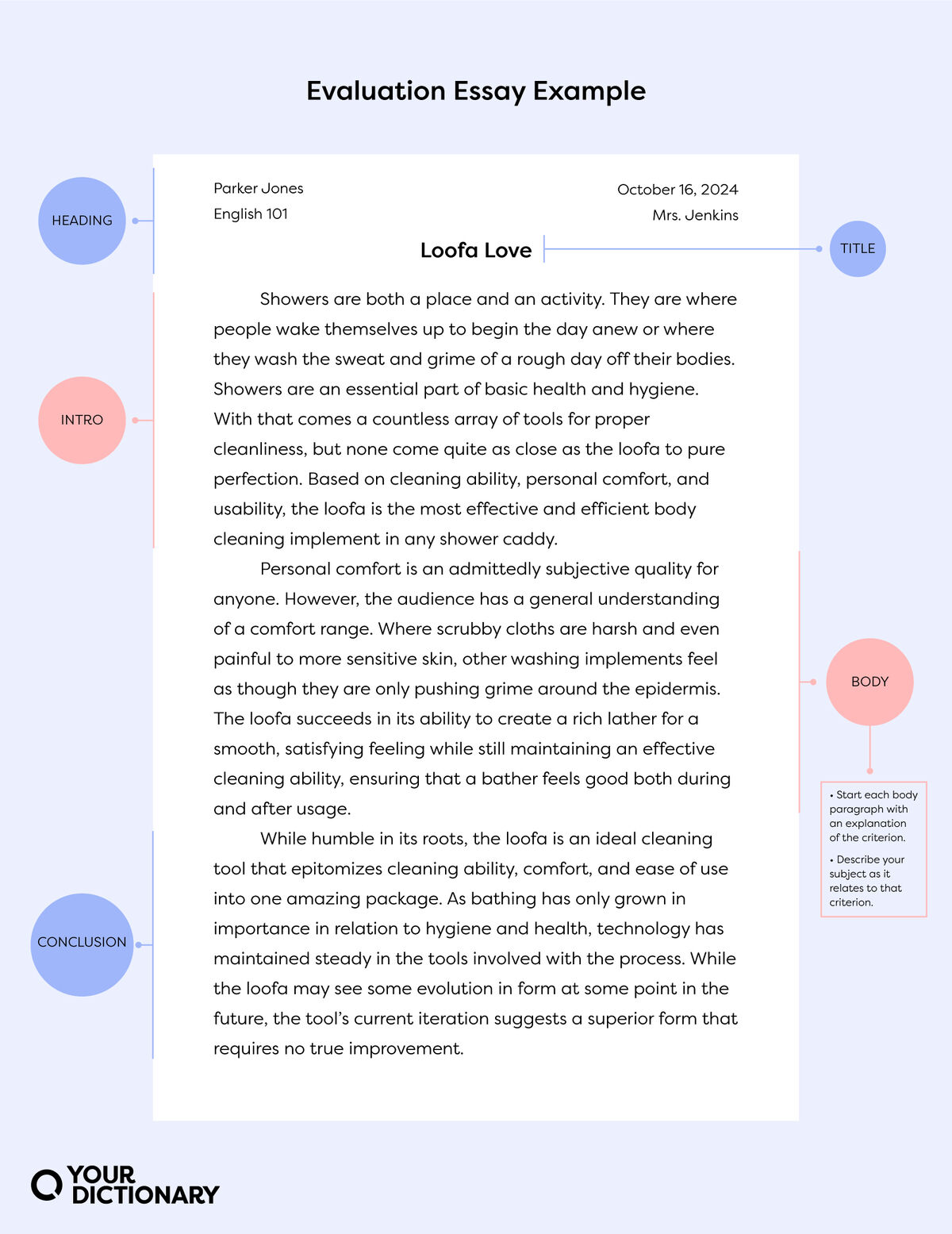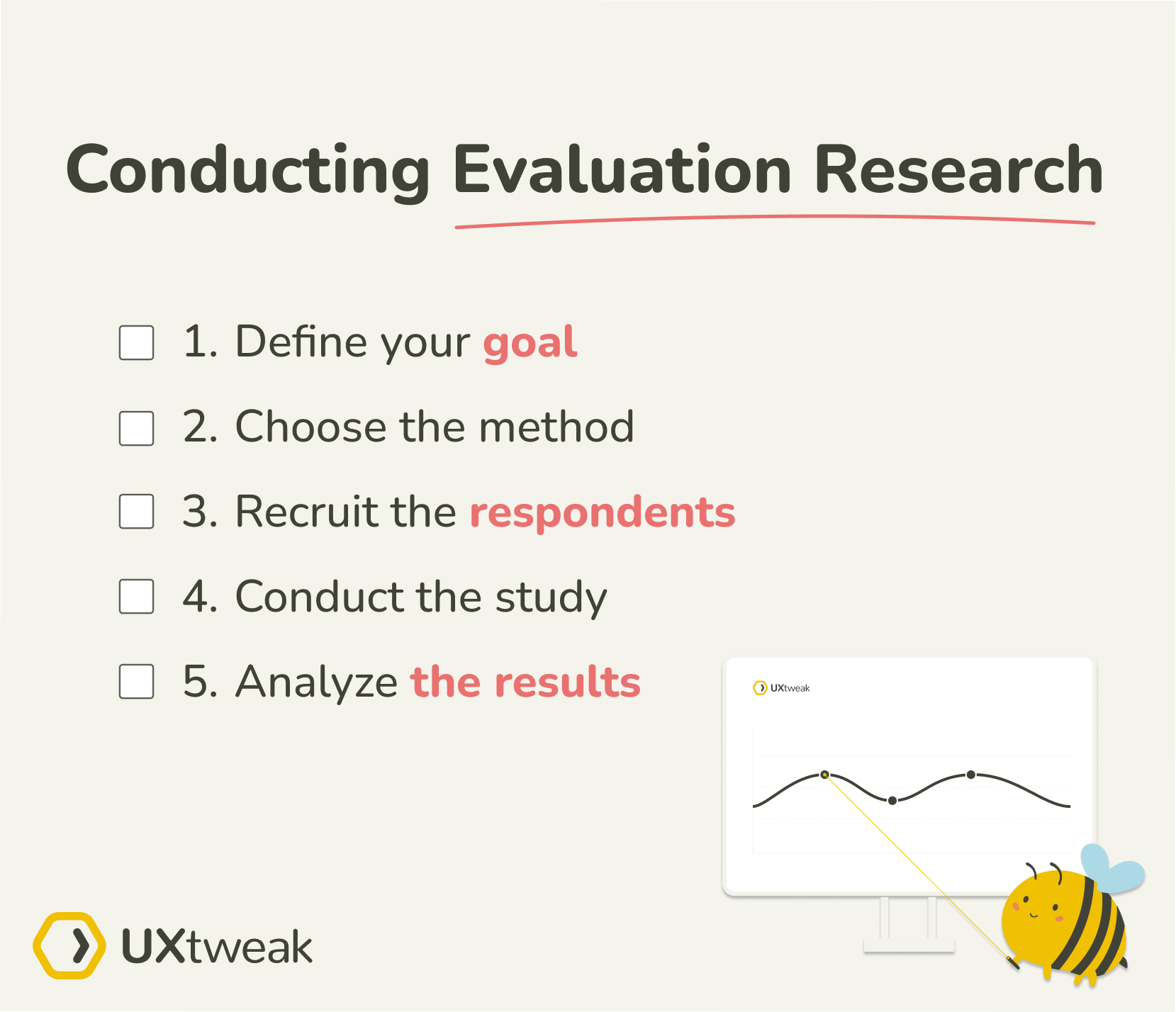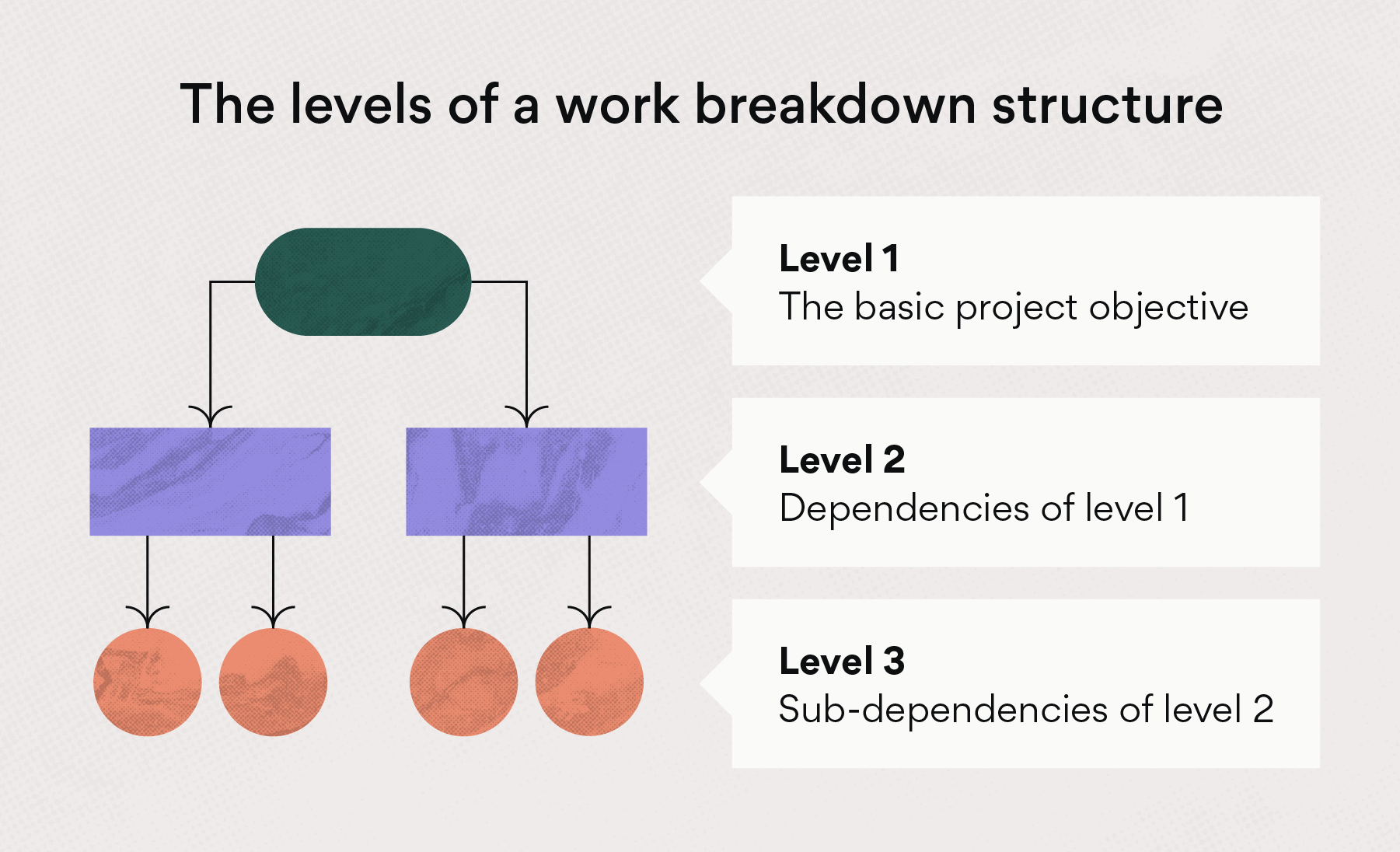When Evaluating Your Structure And Content You Might Consider Eliminating

In an era dominated by information overload, effective communication hinges on clarity and conciseness. Professionals and content creators across various fields are increasingly scrutinizing their structures and content, actively seeking opportunities to streamline their messages and maximize impact. This trend underscores a growing recognition that less can often be more, particularly in capturing and retaining audience attention.
The core question driving this movement is: what elements, when strategically removed, can lead to a more potent and resonant communication? Experts emphasize that this isn't about sacrificing essential details, but rather about identifying and eliminating redundancies, unnecessary jargon, and irrelevant tangents that dilute the core message.
The Rationale Behind Elimination
The rationale is multifaceted. First, shorter, more focused content caters to shrinking attention spans, especially in a digitally saturated world. Second, by removing extraneous information, the core message becomes more prominent and memorable. Third, a streamlined structure improves comprehension and accessibility for a wider audience.
According to a recent study by the Nielsen Norman Group, users typically read only 20% of the text on an average web page. This statistic underscores the urgency for content creators to prioritize essential information and eliminate anything that doesn't directly contribute to the reader's understanding or engagement.
Identifying Elements for Removal
So, what exactly should be on the chopping block? Experts suggest a range of elements, depending on the context and medium.
Repetitive Information: Redundancy is a common culprit. Reworking sentences or paragraphs to convey the same information in a more concise manner can significantly improve clarity. Look for instances where the same point is made multiple times using slightly different wording.
Jargon and Technical Terms: Unless the audience is exclusively composed of experts in the field, excessive jargon can create barriers to understanding. Plain language and clear explanations are generally preferable.
Tangential Information: Irrelevant details, while potentially interesting, can distract from the main message. It's crucial to maintain focus and avoid rabbit holes that detract from the core objective.
Unnecessary Adjectives and Adverbs: Descriptive language can enhance writing, but overuse can lead to clutter. Consider whether each adjective and adverb truly adds value or simply inflates the text.
Passive Voice: Switching from passive to active voice can often result in shorter, more direct sentences. Active voice makes it clear who is performing the action, leading to greater clarity.
The "How" of Elimination: Practical Strategies
The process of elimination requires a critical eye and a willingness to be ruthless. Several strategies can facilitate this process.
Outlining: Begin with a clear outline that identifies the core message and supporting points. This provides a framework for evaluating the relevance of each element.
User Testing: Gather feedback from a representative sample of the target audience. Ask them to identify sections that are confusing, redundant, or irrelevant.
Read Aloud: Reading the content aloud can help identify awkward phrasing and unnecessary words.
"Kill Your Darlings": Be prepared to eliminate even well-written passages that don't directly contribute to the overall message. This is often the hardest part of the process.
Focus on the "So What?": For each point, ask yourself, "So what? Why does this matter to the audience?" If you can't articulate a clear answer, consider removing it.
Impact and Implications
The trend towards streamlined communication has significant implications for various fields. In marketing, concise messaging can increase conversion rates. In education, simplified explanations can improve student comprehension. In journalism, brevity can enhance readability and reach a wider audience.
The impact extends beyond individual messages. A culture of conciseness can foster more efficient communication within organizations, leading to improved productivity and collaboration. It also encourages a deeper understanding of the audience and their needs.
Ultimately, the goal is to create content that is both informative and engaging, without overwhelming the audience with unnecessary details. By carefully evaluating their structures and content and strategically eliminating extraneous elements, communicators can ensure that their messages resonate more powerfully and achieve their intended objectives.
The ongoing movement towards conciseness represents a fundamental shift in how we approach communication. It's a recognition that in a world saturated with information, the ability to distill complex ideas into clear, concise messages is an increasingly valuable skill. Mastering this skill requires a willingness to question assumptions, challenge conventions, and prioritize the needs of the audience.
